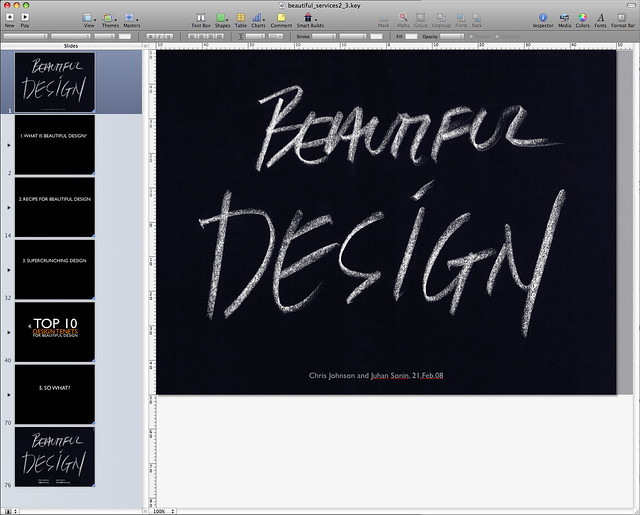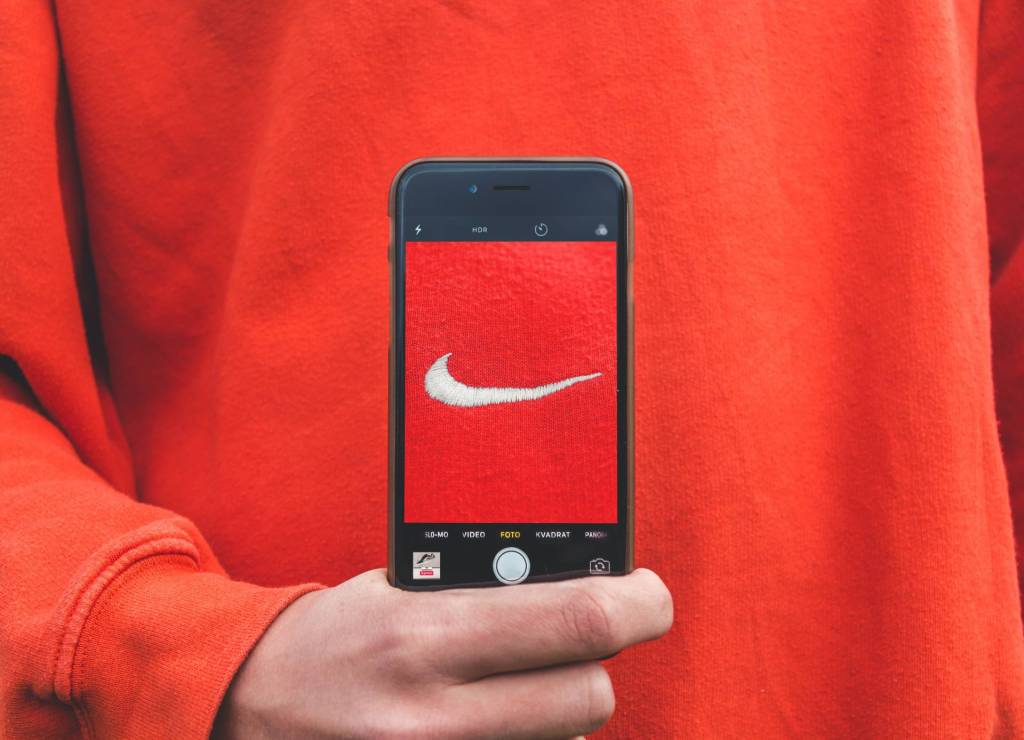Web design is usually approached from a subjective or an aesthetic, or I like blue! point of view; but if you really want your site to sell books, products, and services while building your brand, you have to know a bit about the psychology of your website visitors.
That’s the message Susan Weinschenk delivers in Neuro Web Design: What makes them click? Susan is a Ph.D. psychologist with 30 years of experience applying what we know about people to the design of technology.
Susan’s message is relevant to every author and brand-builder who wants a website that will convert first-time visitors into prospects, and prospects into lifelong clients and customers.
To succeed, our websites have to appeal to our visitor’s unconscious reactions based on emotions and automatic triggers. As Susan wrote:
We think that we are reasonable, rational people and that our decisions are made by careful thinking. But the reality is that the Web site we pick, what we decide to do while there, and whether we buy or not are decisions and actions that we make in a largely unconscious way.
In Neuro Web Design‘s less than 140-pages, Susan convincingly describes why “many of our decisions are based on emotion, and many are based on automatic triggers that we react to from something we see on the website.”
Susan’s message is simple: we have to design our websites to appeal to our visitors unconscious drives and needs, not our own subjective opinions!
Neuro Web Design begins with a short description of your website visitor’s brain, then moves on to the 10 major implications of the way visitors will react to your website.
Every website visitor has 3 brains!
The starting point is to recognize that every website visitor not 1, but 3 brains–an old brain, a mid brain, and a new brain:
- Old brain. This is the part of your website visitor’s brain that developed first in the evolutionary history of animals. This part of the brain is concerned with survival. The old brain constantly on the look out for change, deciding what is safe and what isn’t safe.
- Mid brain. This is where emotions and feelings are processed. This part of the brain plays a major role in impulse buying.
- New brain. This is the most recent structure, the part of the brain where language processing, speech, reading, thinking, and planning take place.
In the remaining chapters of her book, Susan describes the ongoing battle between our visitor’s 3 brains, and how to design sites that will get them to click!
Implications
From her 30 years of research, including the latest brain wave studies, Susan describes 10 major principles. These include:
- Social validation. Your visitors want to belong, they look for evidence that others trust you and value your ideas. Third party client or reader reviews and testimonials satisfy the need for social validation.
- Reciprocity and concession. When you give something of value, like helpful and useful information, to a web visitor, they’re more likely to want to give you something back in return, like permission to contact them via e-mail. But, not asking for anything in return at all increases the recipient’s loyalty and drive to favorably respond.
- Scarcity. Demand increases when quantities are limited. Putting a time limit on offers, for example, can increase response. Think back to the last televised auction for your local public elevision or public radio. Notice the way the challenge grants are for limited amounts of time, and how bids for “quickie board” items increase as remaining quantities get smaller.
- Too many choices. One of Susan’s most important principles is involves the paradox of choice: when you present your visitor with too many choices, you’re actually reducing the likelihood they’ll take any action at all! As she stated in a recent interview, it’s important that web marketers know the MDA–the Most Desired Action–they want visitors to take on each page.
The above four principles provide just a glimpse of the insights you can use to focus the design of your blogs and websites to best appeal to the various brains inside the heads of your website visitors.
This is not a book about psychology; it’s a book about behavior.
Don’t confuse Neuro Web Design with the “textbooks” you had to “study” in college. It’s just 140 pages long; most chapters contain fewer than a dozen pages. Neuro Web Design was read to appeal to web designers, web marketers, and business owners.
Neuro Web Design is a book to be read, thought about, and applied to your website. Each of the 10 principles are backed-up with specific examples that will help you apply the ideas to evaluating your current site, or planning a new site.
Additional lessons for personal branding branding success
When you visit Susan Weinschenk’s website, you’ll see she obviously takes her own advice. Her site’s URL, for example, is based on her easy to remember “What makes them click” statement, which is easy to spell and easy to remember. It also provides an “umbrella” presence flexible enough to accommodate future book titles.
Best of all, her Twitter followers know her as the even-easier-to-remember @thebrainlady!.
Takeaway questions
 First, have you analyzed your current website from a “big picture” perspective, that goes beyond your goals and preferences, and takes human factors–like “visitors with 3 brains”– into account? Are you open to reading “out of field” books that challenge your assumptions and behaviors?
First, have you analyzed your current website from a “big picture” perspective, that goes beyond your goals and preferences, and takes human factors–like “visitors with 3 brains”– into account? Are you open to reading “out of field” books that challenge your assumptions and behaviors?
Second, do you enjoy reading book reviews like this, or do you prefer more action-based tutorials that describe specific ideas, resources, and tips that you can use to plan, write, promote, and profit from your brand building books? As I enter the second year of contributing to Dan’s Personal Branding blog, I welcome your comments and opintions, and questions, submitted as comments, below. Thanks, in advance!
Author:
Roger C. Parker shares ideas for planning, writing, promoting, & profiting from brand building books in his daily writing tips blog. His latest book, #BOOK TITLE Tweet: 140 Bite-Sized Ideas for Compelling Article, Book, & Event Titles, offers step-by-step ideas and examples plus easy-to-use tips.













